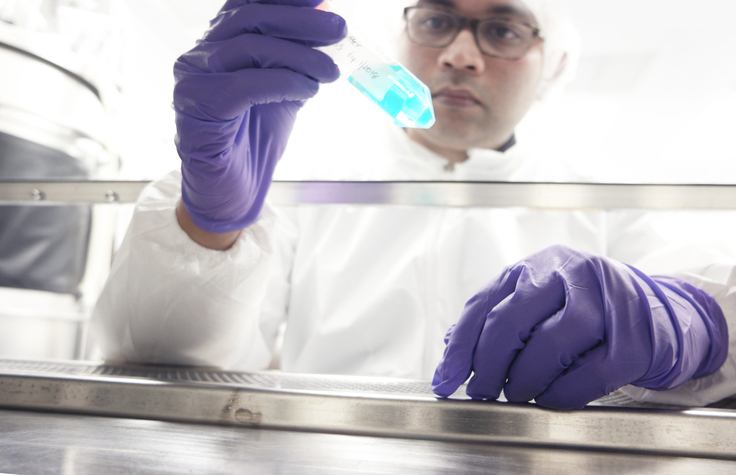Pushing bioprocessing ahead depends on addressing a collection of complex tasks. “Whether it’s cell therapies, biologics, or any of the advanced therapies, you see a lot of drive towards Bioprocessing 4.0,” says Kevin J. Knopp, PhD, co-founder and CEO of 908 Devices. “The challenges are the integration, the analytics, the data, the modeling, the mechanistic models, and the future AI that could be developed.”
That’s quite a list of challenges. “If you zoom into cell therapies, it’s even trickier because the cell is the product and the therapy,” Knopp adds.

Early in November, 908 Devices and Terumo Blood and Cell Technologies (Terumo BCT) announced a collaboration to take on some of the trickiest challenges in cell therapies. “One of the key goals is to work together to add analytics to help with the automation,” Knopp explains. In particular, this collaboration will use 908’s MAVEN, which is an electrochemical glucose and lactate analyzer, to add automation to Terumo’s Quantum Cell Expansion System.
Combination of technologies
With this combination of technologies, a bioprocessor can continuously track the levels of glucose and lactate in a bioreactor throughout the manufacturing of a cell therapy. “The glucose level can be used to know when to feed the cells,” Knopp says. “Lactate has really been shown as a corollary to cell viability, which is critically important so that you know when to harvest the cells.”
Although Knopp points out the value of monitoring glucose and lactate, he acknowledges that this is only the beginning. As he says, “Over time, we’ll include more and more analytes that therapeutic developers can use in process development and optimization.”
So far, the push toward Bioprocessing 4.0 is easy to talk about but difficult to implement. For cell therapies, Knopp points out that “you need feed pumps, bioreactors, innovation or the integration of cell-therapy platforms, and analytics.” For analytics, Knopp says, “We like to turn the squiggly lines into information.” To do that, he adds, we “really try to distill it down and get bioprocessors as close as possible to information that allows them to take that next step.”
To turn sensor data into information, 908 collaborates with academic and industry scientists. “We work with these other groups to keep pushing that envelope of mechanistic models and what to do with these analytics,” Knopp explains. Only then can the manufacturing of cell therapies move toward Bioprocessing 4.0.


